Highly Pathogenic Avian Influenza (HPAI) is a critical issue in the livestock production industry. This emerging disease has already proven to be a major threat to the poultry industry, with confirmed outbreaks in 48 states and a significant impact on 100,707,371 birds. As of July 25, 2024, 171 dairy herds in 13 states have been affected, highlighting the severe impact of HPAI on the poultry industry. Other confirmed infected species include a variety of wild animals, domesticated small ruminants and camelids, and house cats.
https://www.aphis.usda.gov/livestock-poultry-disease/avian/avian-influenza/hpai-detections
Most concerning is growing number of human infections. The current number is low, though the concern is that it is underreported.
https://www.cdc.gov/bird-flu/situation-summary/index.html
What Can Livestock Exhibitors Do?

How exhibotrs can keep themselves and others safe.
STEP 1: Follow the Event’s Biosecurity Plan. Avoid co-mingling animals from different herds, designate isolation areas for sick animals, limit direct public contact with animals, and outline cleaning and disinfection requirements.
Free Biosecurity Plans: https://www.cfsph.iastate.edu/biosecurity/
STEP 2: Clean and disinfect equipment and animal areas often with properly used disinfectants.
Particular emphasis should be placed on proper foot disinfection.
Below is an official EPA list detailing disinfectants confirmed to be effective in the fight against HPIA.
With every disinfectant, make sure to follow the product’s label directions for use against avian influenza under Use Directions for Disinfection.
STEP 3: Don’t Share Equipment. Don’t share tools, feed and water, portable milking equipment and supplies, or grooming
supplies with other exhibitors.
STEP 4: Encourage visitors and exhibitors to wash their hands with soap and running water before entering and after leaving animal areas.
STEP 5:Observe Animals Closely. Carefully observe cattle for signs of influenza-like illness before, during, and after the event. Signs include decreased milk production, reduced appetite, thickened or discolored milk, lethargy, fever, and/or dehydration. Report sick cattle to animal health officials.
While this list focuses on cattle, the same protocols apply to all animals and any unexplained illnesses need to be reported.
STEP 6: See a Doctor If Symptoms Occur. Consult a health care provider and State public health officials if you or your family develop symptoms of influenza-like illness; tell your health care provider that you work with dairy cattle.
For information, click here.
STEP 7: Stay informed by visiting: https://www.aphis.usda.gov/livestock-poultry-disease/avian/avian-influenza/hpai-detections/livestock
SMART Reproduction is confident the U.S. livestock industry will continue to work together in combating this threat.

